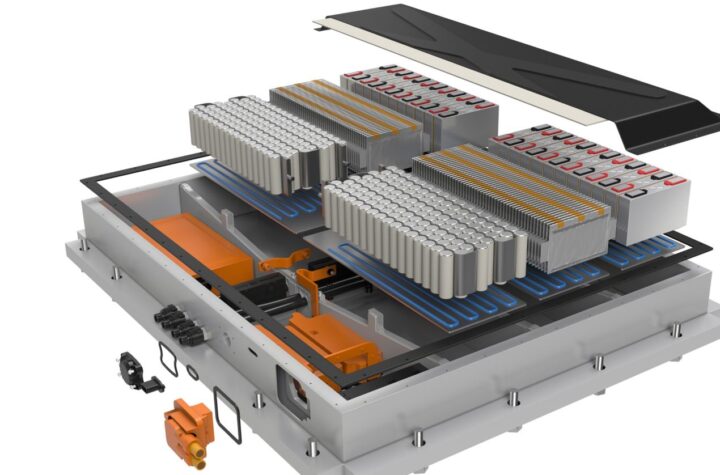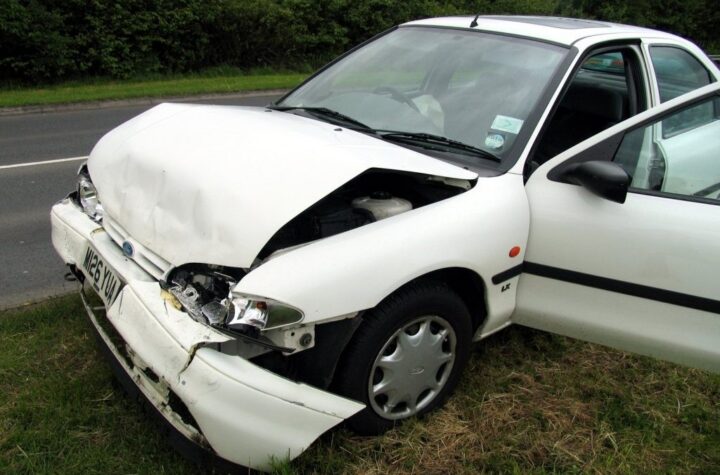
The suppliers’ share of a car’s added value is steadily increasing as vehicles become more complex and the market more competitive.
“Suppliers’ importance is increasing also in the areas of innovation and globalization. On our path of internationalization we depend on suppliers that also have a global footprint. So we want the best partners by our side – that’s important in order to continue our success in the future,” says Dr. Bernd Martens, Member of the Board of Management of AUDI AG Procurement.
Automotive Industries (AI) asked Martens what business model the company follows in its purchasing strategy.
Martens: The focus of our procurement strategy is on increasing our company’s competitiveness. Cost efficiency is not our only goal, however. Our brand promise is “Vorsprung durch Technik.” In procurement we work intensively on helping to keep that promise. So, for us, creating and procuring innovations are equally valuable activities. How do we achieve it? We aim to be the preferred customer of our suppliers. The suppliers should first of all come to us with their innovative ideas. The shared goal is to be first to market with innovations for our customers. As purchasers we also see ourselves as enablers of a global success story. On the international growth path of our company our goal is to develop a global procurement network. For us, globalization also means localization. At many locations optimal local content is important in order to reduce the costs of parts and logistics, but also for example of taxes or import duties. Last, but not least, we pursue the goals of safeguarding quality and sustainability in the value chain.
AI: How do you optimize your processes for value creation?
Martens: The key to success is to enter the product-creation process at an early stage. This is why I expanded our value-analysis team last year. Our value analysts examine cost structures very closely in a very early phase of the product-creation process. In this way we can optimize the concepts for our new components together with our suppliers right from the start. That’s very important, especially with new technologies such as electric mobility and digitalization where we have only a little experience so far. This allows us to avoid adjustments at a later stage, which can be very expensive. In this way we create innovations that appeal to our customers and are also economical. That’s our goal.
AI: How does your modular strategy help you meet your targets?
Martens: Our modular platform strategy helps us to be competitive. We use as many similar – or ideally identical components – as possible in the models of the Volkswagen Group. Wherever a part or component is not brand-defining we use identical parts. That is, with all parts that the customer does not see, hear or feel. In this way we achieve economies of scale and profit from major synergies. That is an enormous advantage of our group-wide sourcing. We save time, money and capacities. And not only do we save, but our suppliers save as well – both sides can produce more efficiently.
AI: Do you see an increase in modular outsourcing in the future, or would you prefer to keep core competences in-house?
Martens: The core competencies that allow us to achieve our “Vorsprung durch Technik” and to differentiate ourselves from the competition must be Audi’s own competencies. So we develop those competencies within the company. But, as we progress along our growth path, we continually reevaluate what belongs where. In the context of the technological shift to alternative drive systems and digitalization we are currently expanding our expertise in those areas for example.
Take our planned purely electric Audi SUV which is scheduled to launch in 2018: The expertise for the electric motor and battery management will be at Audi, and we will also assemble the batteries ourselves. At the same time, innovation is very diverse and increasingly involves more than one industry. But we have to – and want to – permanently react to new market developments and customer requirements. That’s why we also buy in specific external expertise. AI: How do you help suppliers cut costs without affecting productivity and quality?
Martens: We regularly invite our key suppliers to examine the entire value chain with us – with the goal of identifying potential that can lead to price reductions by optimizing costs on both sides. When we see that cost structures can be changed to achieve better pricing, we also take action on the second tier. In my view, the value analysis is decisive: It allows us to optimize costs in advance and work directly on the right levers right from the start.
AI: Where do you need more support from suppliers?
Martens: The answer to that is clear: in the areas of innovation and globalization. Our goal is to be the first manufacturer to put innovations on the market. To do that, we need the best and most innovative partners by our side. In the future we want to have a strategic exchange regarding technical concepts at a very early stage. Only then can we implement new ideas in new models faster and more efficiently. We want to cooperate more closely with our suppliers also on our internationalization strategy. We prefer to select suppliers that are prepared to travel around the world with us. In the ideal case we work with just one supplier for certain components at all our international sites. That eases and accelerates communication, and competencies don’t have to be newly developed from scratch every time.
AI: How do you convince suppliers to cooperate with you in this way?
Martens: In return we offer them early insights into our planning and discuss our strategies intensively with them. In the various material groups we will closely coordinate and intermesh our technological focus. This will save time and money on both sides. For this close cooperation, we started the FAST supplier program together with the Volkswagen Group at the beginning of this year; FAST stands for Future Automotive Supply Tracks. The response from our suppliers is very good: We have already nominated the first 44 FAST partners from a large number of applicants; the nominations will be completed by the end of 2015.
AI: At what stage do you bring suppliers in?
Martens: We usually bring suppliers in two to three years before the start of production – depending on the complexity of a component or concept. We will involve our FAST partners in the predevelopment phase, and long before specific vehicle projects start. That means significantly more than four years before a possible start of production. AI: What are the principles determining the rating of a supplier?
Martens: On the one hand, a supplier’s competitiveness obviously plays an important role. On the other hand, our quality assurance, technical development, logistics and finance departments evaluate a supplier’s offer. All of that flows into the rating. Each department has to give its approval.
AI: Do you have different procedure for purchasing technically sophisticated components to that for more simple parts?
Martens: The fundamental procedure is the same: When placing all orders we make sure that we select the best supplier – and that means in terms of competitiveness, technical expertise, quality and reliability. One special aspect is the cooperation with our FAST partners on innovation. We will involve those suppliers as early as the predevelopment stage. The FAST suppliers will receive a predevelopment contract and ideally also a nomination. That can later be changed into a series order when the previously agreed premises have been met. We have defined new, significantly simplified processes for that. In this way we are creating the best conditions to put innovations on the market faster.
AI: What is the role of low-cost-country sourcing?
Martens: With our Cost Competitive Country Sourcing strategy we pursue the goal of identifying the most cost-effective country for certain parts. But it is important to keep an eye on the total costs as well. When we are considering in which country we will purchase certain parts, we also take the costs of logistics, import duties and taxes into consideration.
We ourselves produce in cost-competitive countries such as China or – from 2016 – in Mexico where we will produce the successor to the Audi Q5. Our localization strategy plays a special role here. We have decided in favor of Mexico mainly because we want to export the Q5 all over the world, and Mexico has the advantage of many free-trade agreements.
This means that we in procurement have to and want to achieve a local content of at least 65%. We will achieve this target by the start of production – we can already guarantee that. In the medium term, we have even higher targets: By 2019, we will localize even more parts or increase the depth of their localization. This will enable us to further reduce the costs of parts and logistics, and to cope better with currency fluctuations.












More Stories
DuPont materials science advances next generation of EV batteries at The Battery Show
How a Truck Driver Can Avoid Mistakes That Lead to Truck Accidents
Car Crash Types Explained: From Rear-End to Head-On Collisions